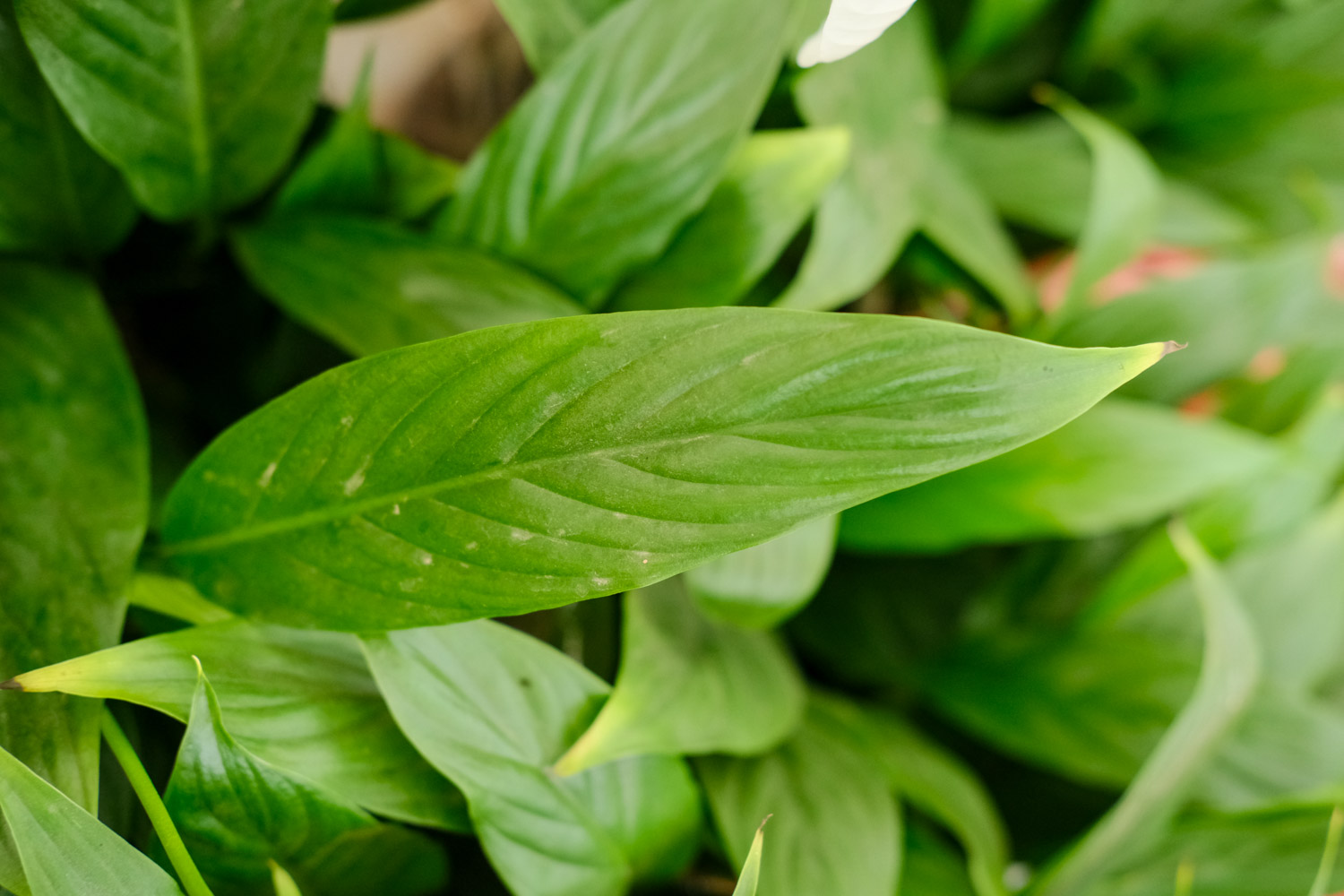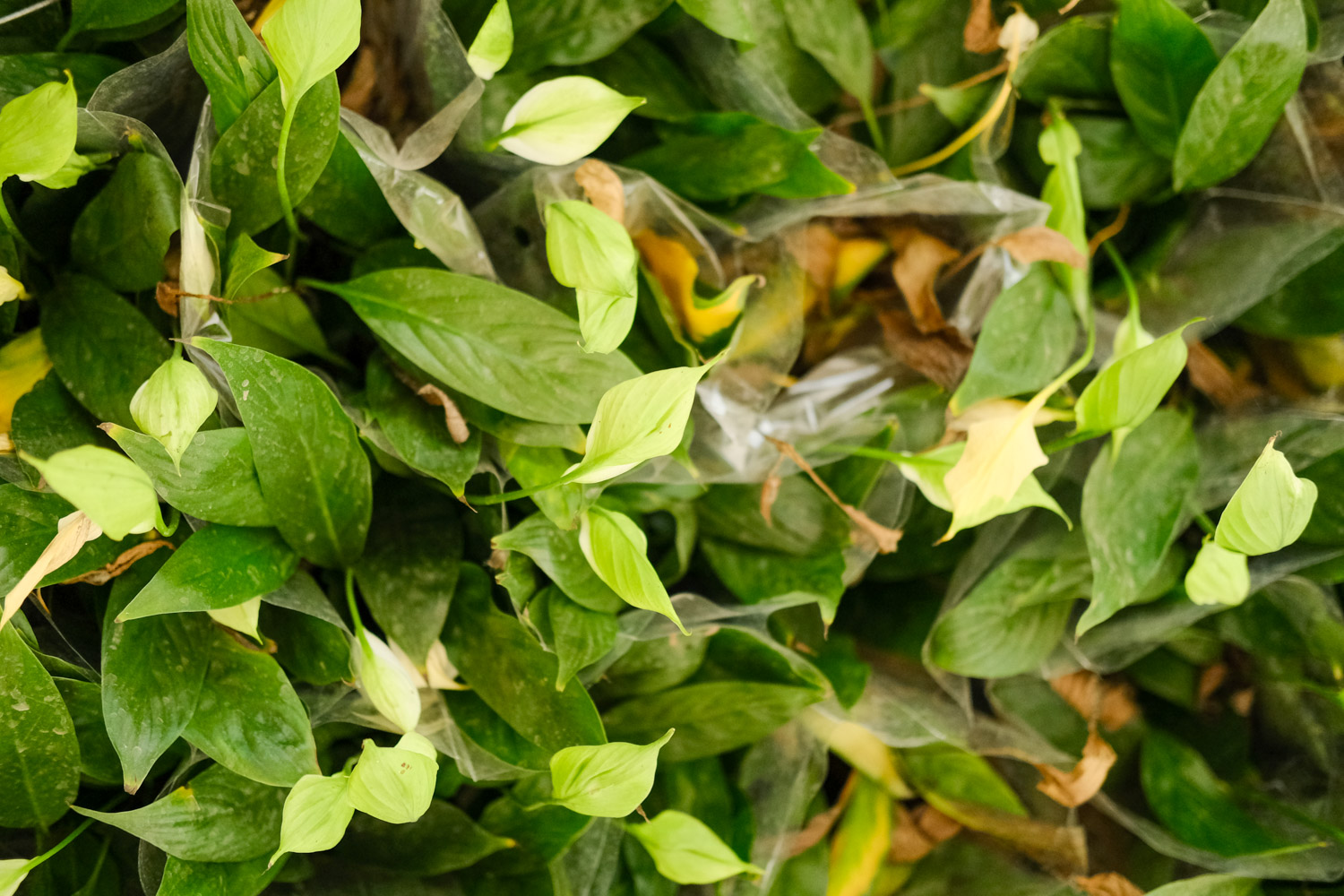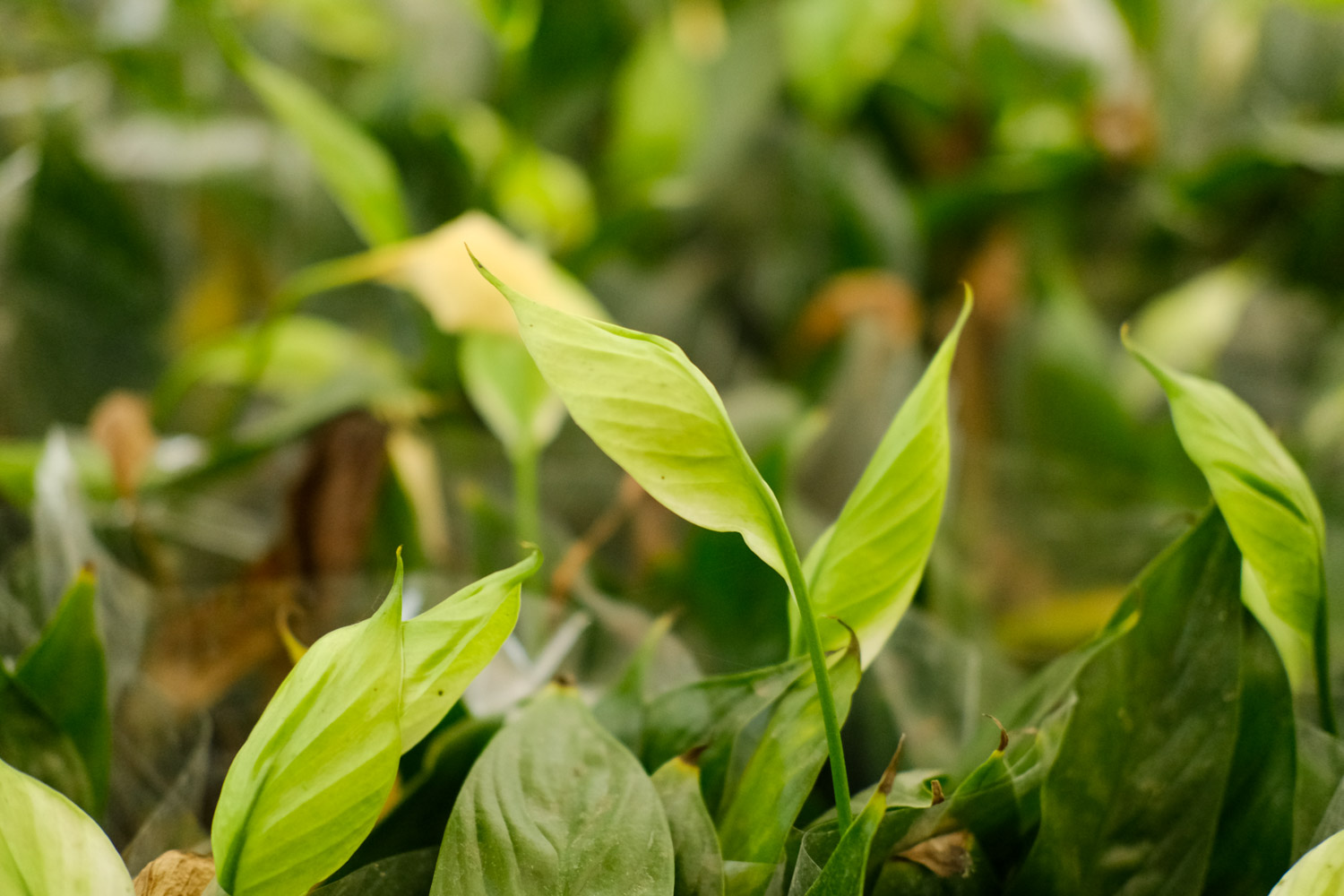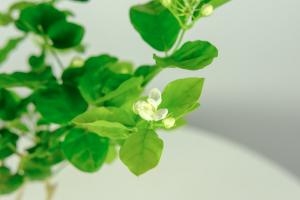1、 Root
The roots of water cultured white crane taro can be often observed. If it is found that the root growth is dense, or there are dry roots and rotten roots, it needs to be taken out and trimmed in time. The root pruning of soil culture is less, but this can not be ignored. After breeding for 1-2 years, it is necessary to change the pot and soil. At this time, it is time to prune the roots, comb the messy roots, cut off the old roots and rotten roots, do not harm the healthy roots, apply rooting agent and plant them in the flower pot again

2、 Blade
The leaf is the key point of pruning. Its growth speed is relatively fast and vigorous. Because metabolism will produce a lot of yellow leaves and dead leaves, it needs to be pruned regularly. Usually, it is mainly aimed at withered and yellow leaves and aging leaves. Once such leaves are found, they need to be cut off in time. The pruning position should start from the base and do not leave a long petiole at the bottom, which can reduce the consumption of nutrients and increase the overall beauty

3、 Flowers
Its flowering period is from May to August every year. When the flowers bloom and wither, the remaining flowers need to be removed. Staying on will not only affect the beauty, but also consume a lot of nutrients in vain. Pruning is also reduced from the base position, which can be conducive to flowering in the coming year


 how many times do yo...
how many times do yo... how many planted tre...
how many planted tre... how many pine trees ...
how many pine trees ... how many pecan trees...
how many pecan trees... how many plants comp...
how many plants comp... how many plants can ...
how many plants can ... how many plants and ...
how many plants and ... how many pepper plan...
how many pepper plan...































